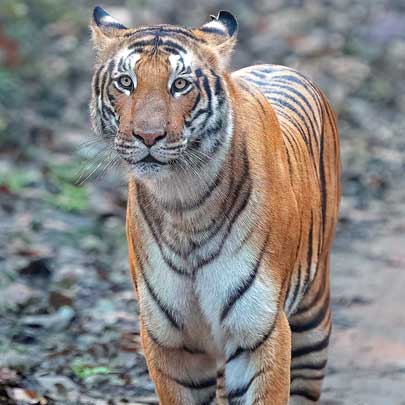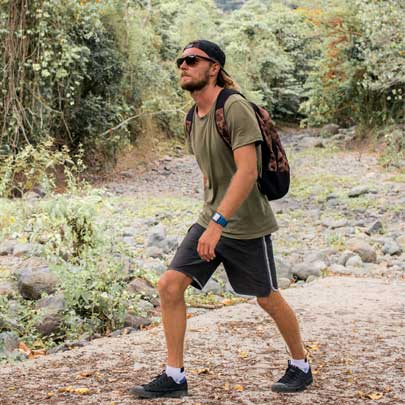In The Footsteps Of Jim Corbett: Reliving The Legendry Naturalist's Expeditions

Following in the footsteps of Jim Corbett, the legendary naturalist and conservationist, is a journey that allows you to relive his remarkable expeditions and immerse yourself in the wilderness which captivated him. Here's how you can retrace the legacy of Jim Corbett:
1. Visit Corbett National Park: Start your journey by visiting Corbett National Park in Uttarakhand, which was named in his honor. This park was Corbett's playground and the setting for many of his legendary encounters with man-eating tigers and leopards. Explore the park's diverse landscapes, from dense forests to the tranquil Ramganga River. 
2. Jim Corbett Museum: The Jim Corbett Museum in Kaladhungi, near Corbett National Park, is a must-visit. It was his former home and is now a museum that showcases his life, his hunting memorabilia and his efforts in wildlife conservation. You can gain insights into his adventures and his transition from a hunter to a conservationist.
3. Read His Works: Jim Corbett was not only a hunter and conservationist but also a prolific writer. His books, such as "Man-Eaters of Kumaon", "The Man-Eating Leopard of Rudraprayag" and "My India", provide vivid descriptions of his experiences and deep insights into wildlife and conservation.
4. Explore the Wilderness: Embark on safaris and treks in the various wildlife sanctuaries and national parks in the Kumaon region of Uttarakhand. These include Rajaji National Park, Nanda Devi Biosphere Reserve and Binsar Wildlife Sanctuary, among others. Corbett spent much of his time in these pristine landscapes.
5. Engage in Wildlife Photography: Jim Corbett was an accomplished wildlife photographer. Carry a camera and try to capture the beauty of the region's flora and fauna, just as he did. This will deepen your connection to the natural world. 
6. Connect with Local Communities: Corbett had a deep respect for the indigenous communities of the region. Engage with the local communities, learn about their traditions and understand their perspectives on wildlife conservation.
7. Conservation Activities: Participate in or support local conservation activities and initiatives. Jim Corbett's legacy is not only about recounting his tales but also about actively contributing to the protection of the wilderness he loved.
8. Guided Tours: Consider hiring local guides who are knowledgeable about Jim Corbett's life and the wildlife of the region. They can provide valuable insights and take you to places associated with his expeditions. 
9. Reflect and Appreciate: Take moments to sit quietly in the wilderness, just as Corbett did and reflect on the beauty and importance of nature. Appreciate the peace and serenity of the natural world he worked so hard to protect.
10. Share the Legacy: Share your experiences and the legacy of Jim Corbett with others. His dedication to wildlife conservation and his writings have inspired countless individuals to become stewards of the environment.
Retracing the footsteps of Jim Corbett is not only a journey through the wild landscapes of India but also a journey into the heart of conservation. It allows you to understand the man behind the legend and the enduring importance of preserving India's rich biodiversity.












































































